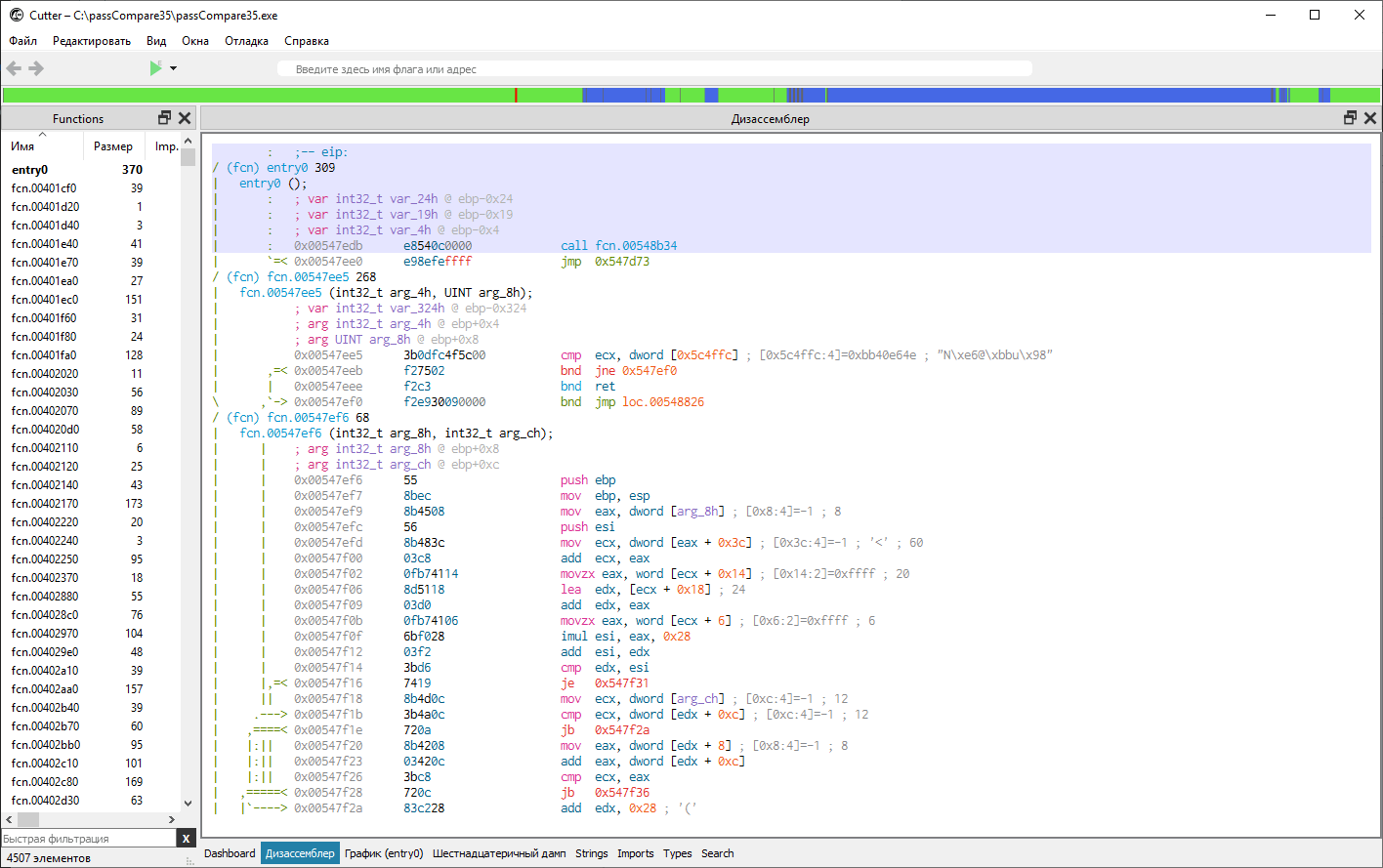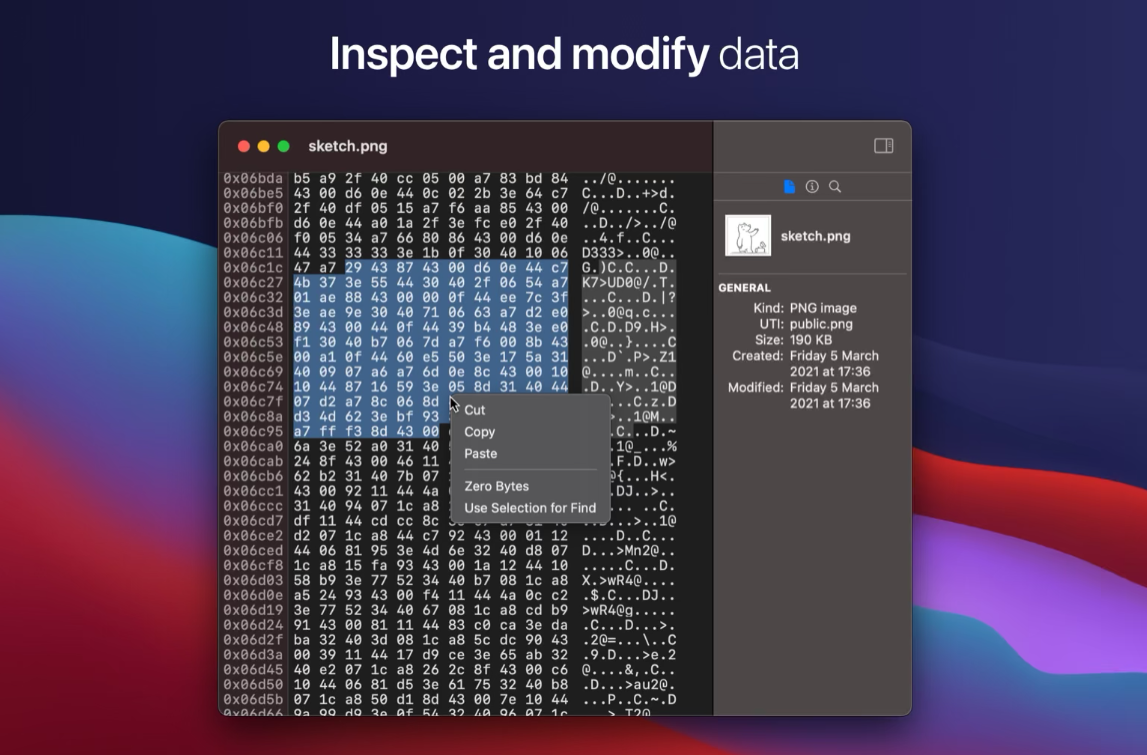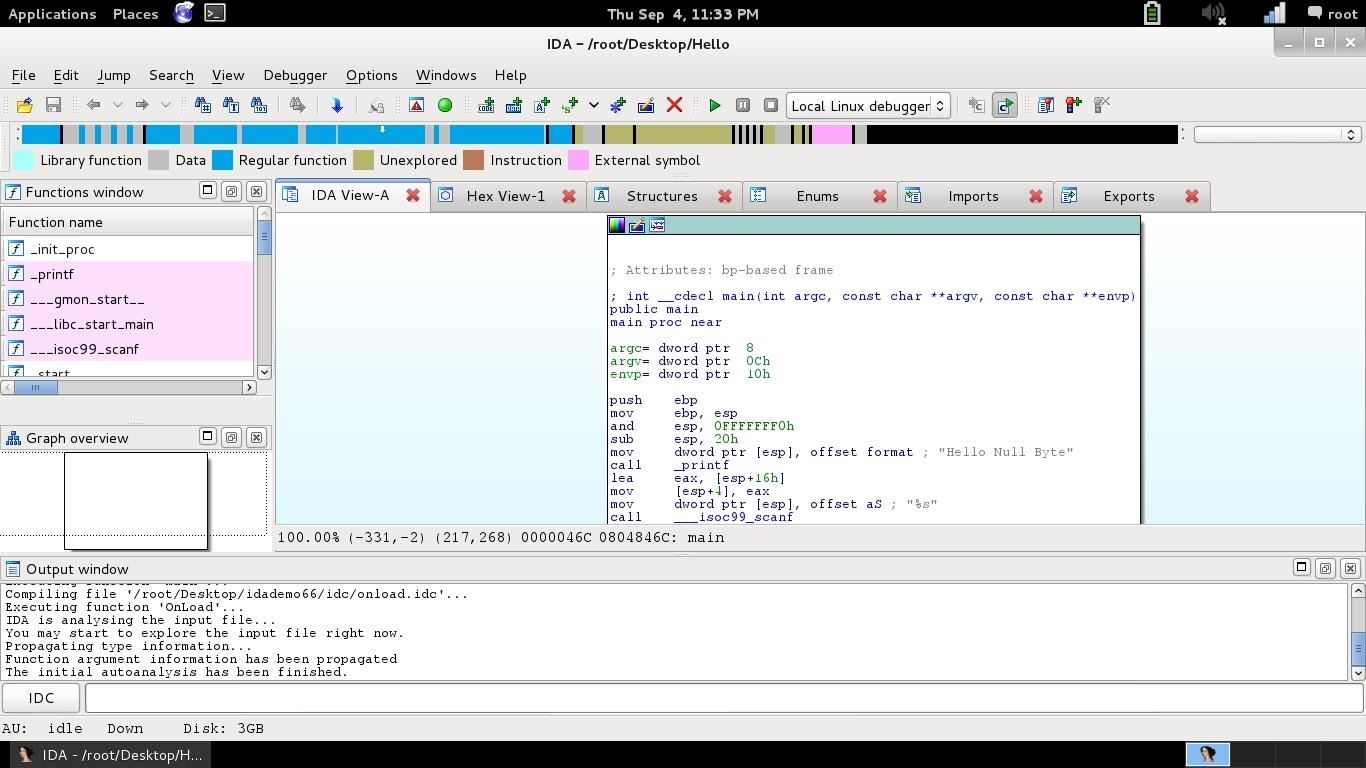

Make sure the syntax and spelling of what you type are correct. In the Compile-Time Directives box, type a #include statement that gives the name of the file containing your custom resource, for example: #include mydata.rc In Solution Explorer, right-click your project's. rc file as null-terminated quoted strings, or as integers in decimal, hexadecimal, or octal format. rc file that contains the custom or data resource. You can create a new custom or data resource by placing the resource in a separate file using normal resource script (.rc) file syntax, and then including that file by right-clicking your project in Solution Explorer and selecting Resource Includes.Ĭreate a. Select any of the Find options and choose Find Next. In the Find What box, select a previous search string from the drop-down list or type the data you want to find. For example, to find Hello, you can search for either the string Hello or its hexadecimal value, 48 65 6C 6C 6F. You can search for either ASCII strings or hexadecimal bytes. The Binary Editor accepts changes automatically when you close the editor. The printable characters are ASCII values 32 through 126. Extended characters are displayed as periods in the right panel ASCII value section of the Binary Editor. Only certain ASCII values are represented in the Binary Editor (0x20 through 0x7E). To open the Binary Editor on an existing file, go to menu File > Open > File, select the file you want to edit, then select the drop arrow next to the Open button, and choose Open With > Binary Editor.īinary data for a dialog box displayed in the Binary Editor The dropdown selection in the New file dialog isn't available in Visual Studio 2019, but is available in Visual Studio 2022. To open the Binary Editor on a new file, go to menu File > New > File, select the type of file you want to edit, then select the drop arrow next to the Open button, and choose Open With > Binary Editor. The Binary Editor is not available in Express editions. Use the Binary Editor only when you need to view or make minor changes to custom resources or resource types not supported by the Visual Studio environment. You can also use the Find command to search for either ASCII strings or hexadecimal bytes. The Binary Editor allows you to edit any resource at the binary level in either hexadecimal or ASCII format. Incorrect editing could corrupt the resource, making it unreadable in its native editor.
MACOS BINARY EDITOR HOW TO
Looking for a different OS tutorial? Check out our guides on How To Set Environment Variables In Linux and How To Set Environment Variables In Windows.Editing resources such as dialog boxes, images, or menus in the Binary Editor is dangerous.
MACOS BINARY EDITOR SOFTWARE
This should make it easier for you to configure software packages in the future.


Use the unset command to remove an environment variable: unset Īfter following this tutorial, you should know how to set temporary and permanent environment variables in macOS. bash_profile by either restarting the terminal window or using: source ~/.bash-profile Unset Environment Variable Use the export command to add new environment variables: export =ĥ. bash_profile file with a text editor of your choice.ģ. Permanent environment variables are added to the.


 0 kommentar(er)
0 kommentar(er)
